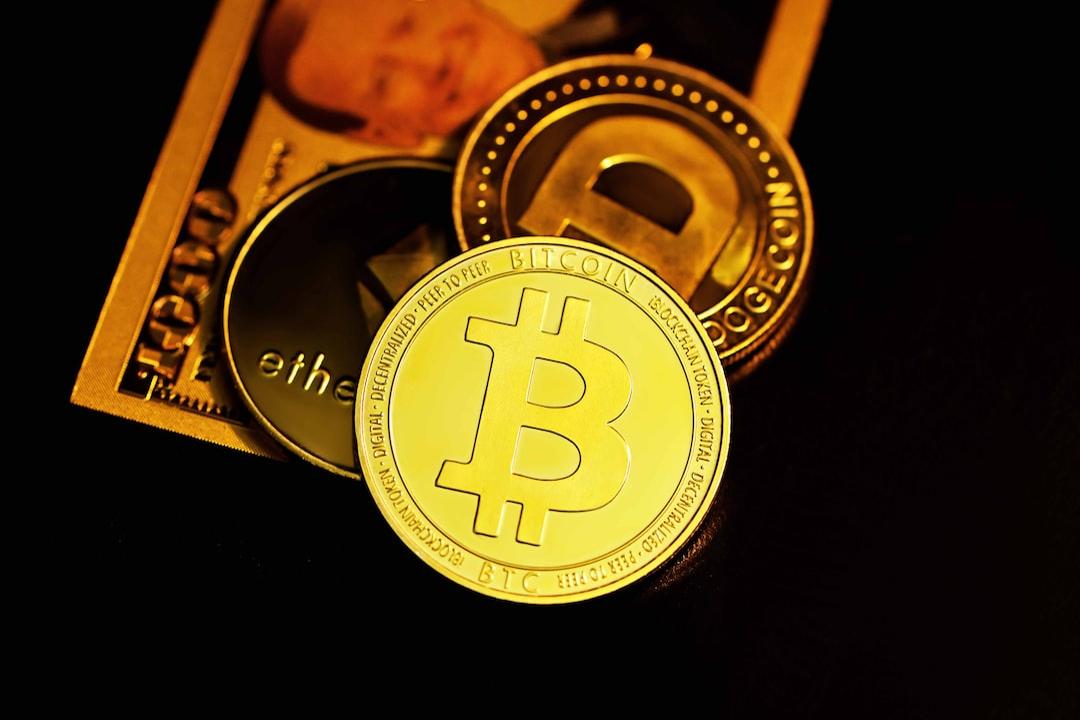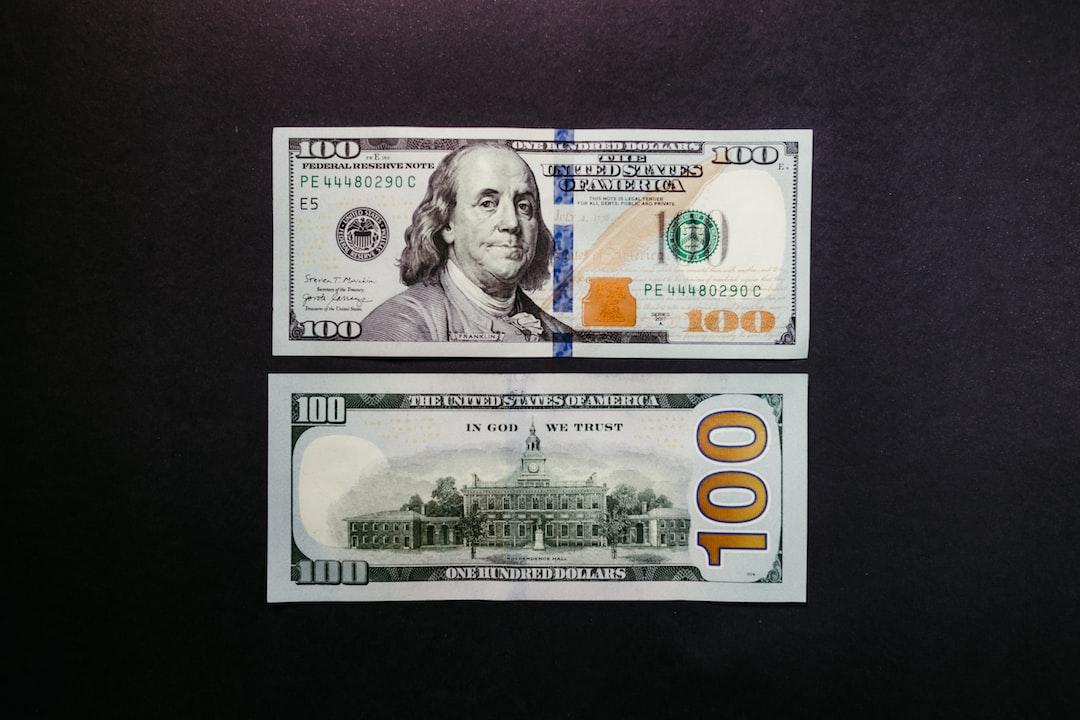In May, a ruling from the U.S. Supreme Court may change the entire market.
This article is sourced from an article by Wall Street Insight and republished by Foresight News.
(Background: Federal Reserve Officials: The Fed will not cut interest rates due to tariffs; inflation indicators show risks. Will a weaker dollar benefit Bitcoin?)
(Context: JPMorgan CEO warns: U.S. Treasury will “eventually have issues” while the Fed may replay the 2020 market rescue script! Will Bitcoin benefit from the rise?)
Rumors are circulating in the White House about a potential leadership change at the U.S. Federal Reserve, with a Supreme Court ruling possibly further shaking Powell’s position. Is a storm brewing in the global financial market?
On Monday, Eastern Time, U.S. Treasury Secretary Scott Bessent stated in an interview that he and President Trump have “always been considering” candidates for the next Chair of the U.S. Federal Reserve and plan to start interviewing potential candidates in the fall.
Public information shows that the current Chair of the U.S. Federal Reserve, Powell, is set to complete his term in May 2026, and Bessent’s comments have ignited speculation in the market regarding changes in the leadership of the Federal Reserve.
At the same time, the Trump administration is targeting independent agencies, requesting the Supreme Court to dismiss relevant officials. Analysts believe this move could open a legal path for Trump to remove Powell, challenging the long-standing independence norms of the Federal Reserve.
Focus on the U.S. Supreme Court’s ruling in May
According to media reports, the Trump administration has urgently requested the U.S. Supreme Court to authorize the President to dismiss two senior officials from independent federal agencies (Gwynne Wilcox from the National Labor Relations Board and Cathy Harris from the Merit Systems Protection Board).
This action aims to challenge the precedent established in the 1935 case Humphrey’s Executor v. United States, which limited the President’s power to indiscriminately dismiss heads of independent agencies and ensured the operational independence of internal government agencies.
Based on compiled media information, the Trump administration believes these limitations violate the executive power granted to the President under Article II of the Constitution, arguing that agencies exercising significant executive power must be under the President’s complete supervision.
Trump has requested the Supreme Court to allow him to immediately dismiss these two officials, without waiting for the appellate court’s final ruling, and to conduct a full review immediately—claiming the Supreme Court should hold a special hearing in May to address this case during the current judicial year (which typically runs from October to June or July of the following year).
Analysts point out that the final ruling in this case is a test of “whether Trump has the authority to dismiss Federal Reserve Chair Powell”—although the current Federal Reserve Act requires “just cause” for dismissing the Federal Reserve Chair, if the Supreme Court overturns the Humphrey’s Executor precedent, it would undoubtedly weaken this protective barrier and open the door for the President to interfere in the operations of the Federal Reserve.
Powell’s “slow response” angers Trump
In fact, Trump has long been dissatisfied with Powell’s monetary policy, especially regarding interest rate decisions.
Under Powell’s leadership, U.S. inflation is entering a cooling track, but his anti-inflation efforts are now facing new threats from Trump’s trade war. The market is focused on whether Powell will choose to maintain a hawkish stance to ensure inflation does not resurge, or yield to market pressure and begin an early rate-cutting cycle.
In response, the White House has continued to pressure Powell. Reports indicate that Trump has frequently criticized the Federal Reserve’s interest rate policy under Powell, pressing for significant rate cuts. He has publicly urged Powell on social media to lower interest rates:
“He is always ‘a step behind,’ but now he has the chance to turn the image around; he needs to act quickly.”
Despite recent pressures from tariffs, the Federal Reserve has maintained its interest rates. Powell also countered earlier this month, stating that the tariff rates exceed expectations and could trigger “persistent” inflation beyond short-term price impacts.
Potential Leverage? Dollar Swap Lines May Affect U.S.-Europe Negotiations
The implications of the Federal Reserve’s weakening independence extend far beyond the prospects for monetary policy.
Some analysts point out that this potential shift in power could even impact international relations, particularly in trade negotiations with Europe.
This view suggests that if Trump ultimately gains the power to dismiss the Federal Reserve Chair and appoints a loyalist to lead the Federal Reserve, European policymakers may begin to worry: the crucial negotiating leverage of Dollar Swap Lines could be withdrawn or used as a pressure tool.
The currency swap network centered on the Federal Reserve has gradually become an important tool for the U.S. to defend the dollar’s international status during crises, serving as a vital liquidity safety net for the global financial system.
The Federal Reserve officially defines currency swaps as: to address severe pressures in the global short-term dollar funding market, the Federal Reserve can establish temporary central bank liquidity swap lines (also known as currency swaps) with foreign central banks, allowing foreign central banks to provide dollar liquidity to financial institutions within their jurisdictions using the swap lines.
If Trump gains the power to dismiss the Federal Reserve Chair, the government could influence the operation of the swap mechanism through personnel appointments and “moral persuasion.” If this tool is selectively used in geopolitical games, the foundations of the global financial system would be shaken.
For Europe, data indicates that a long-standing dollar gap exists in the eurozone banking system. If support from swap lines is lost, European financial institutions could face liquidity breaks, triggering a chain reaction akin to Lehman Brothers; if the Federal Reserve weaponizes the withdrawal of swap lines, Europe could be forced to concede in trade, energy policy, and even U.S.-Europe tariff negotiations.
A “Nuclear Weapon” More Powerful than Tariffs
As previously mentioned by Wall Street Insight, Deutsche Bank analysts believe that the Federal Reserve’s dollar swap mechanism is arguably a “nuclear weapon” more deterrent than tariffs.
Deutsche Bank stated that the Federal Reserve’s dollar swap lines control a foreign exchange swap market valued at approximately $97 trillion, equivalent to the total global GDP, serving as a lifeline for non-U.S. entities seeking dollar liquidity during crises.
If Trump targets the Federal Reserve’s dollar swaps as this “nuclear button”—refusing to provide dollar liquidity at a critical moment would trigger a severe global financial crisis.



